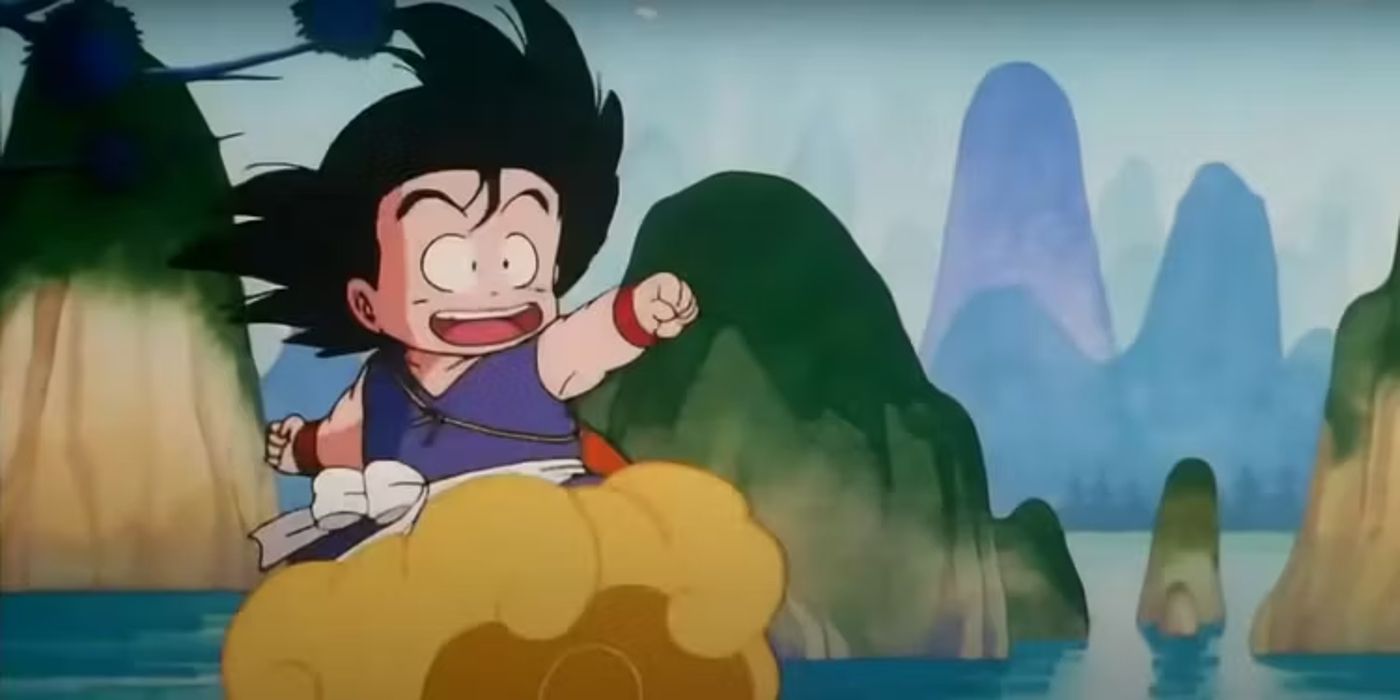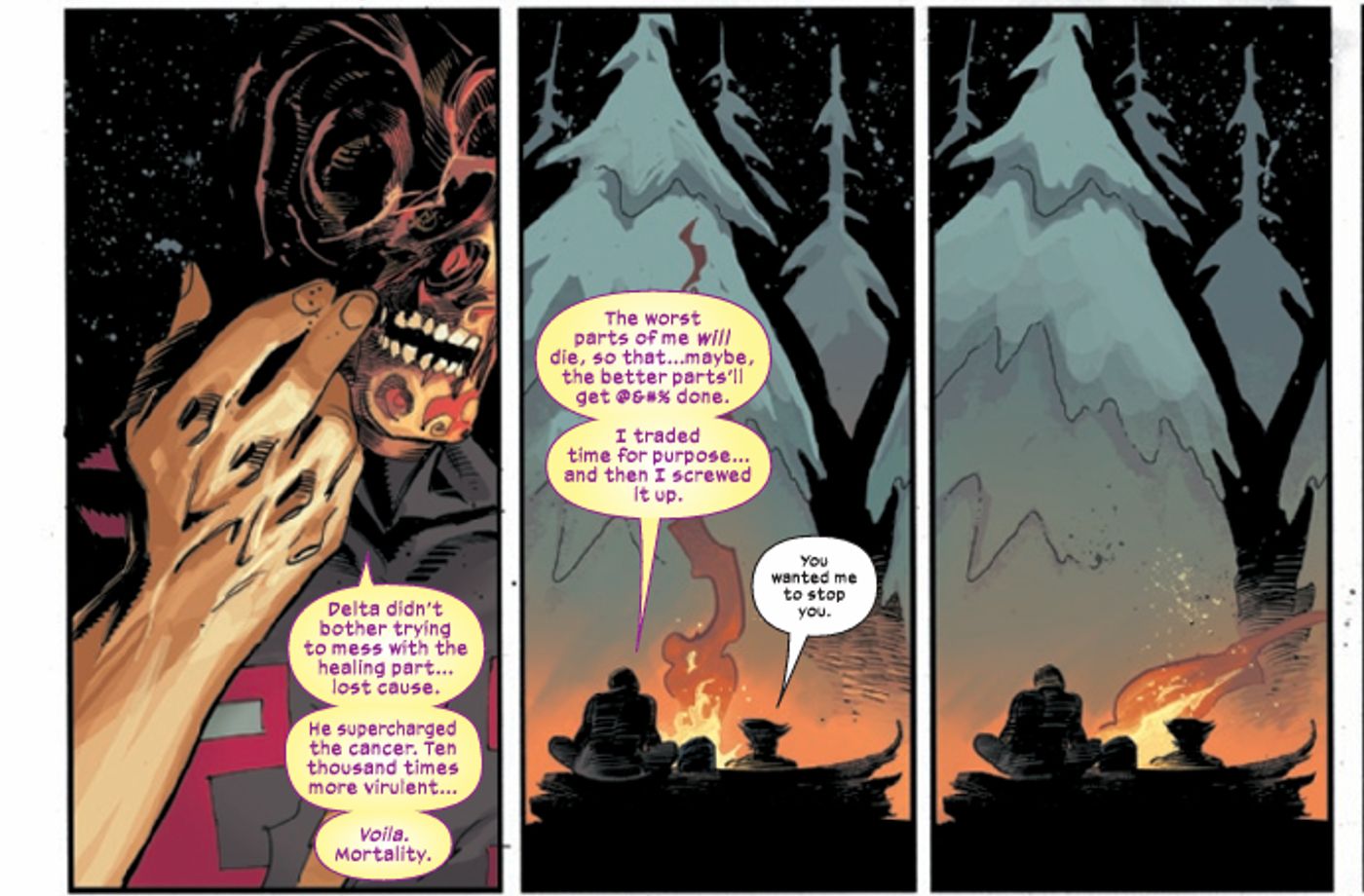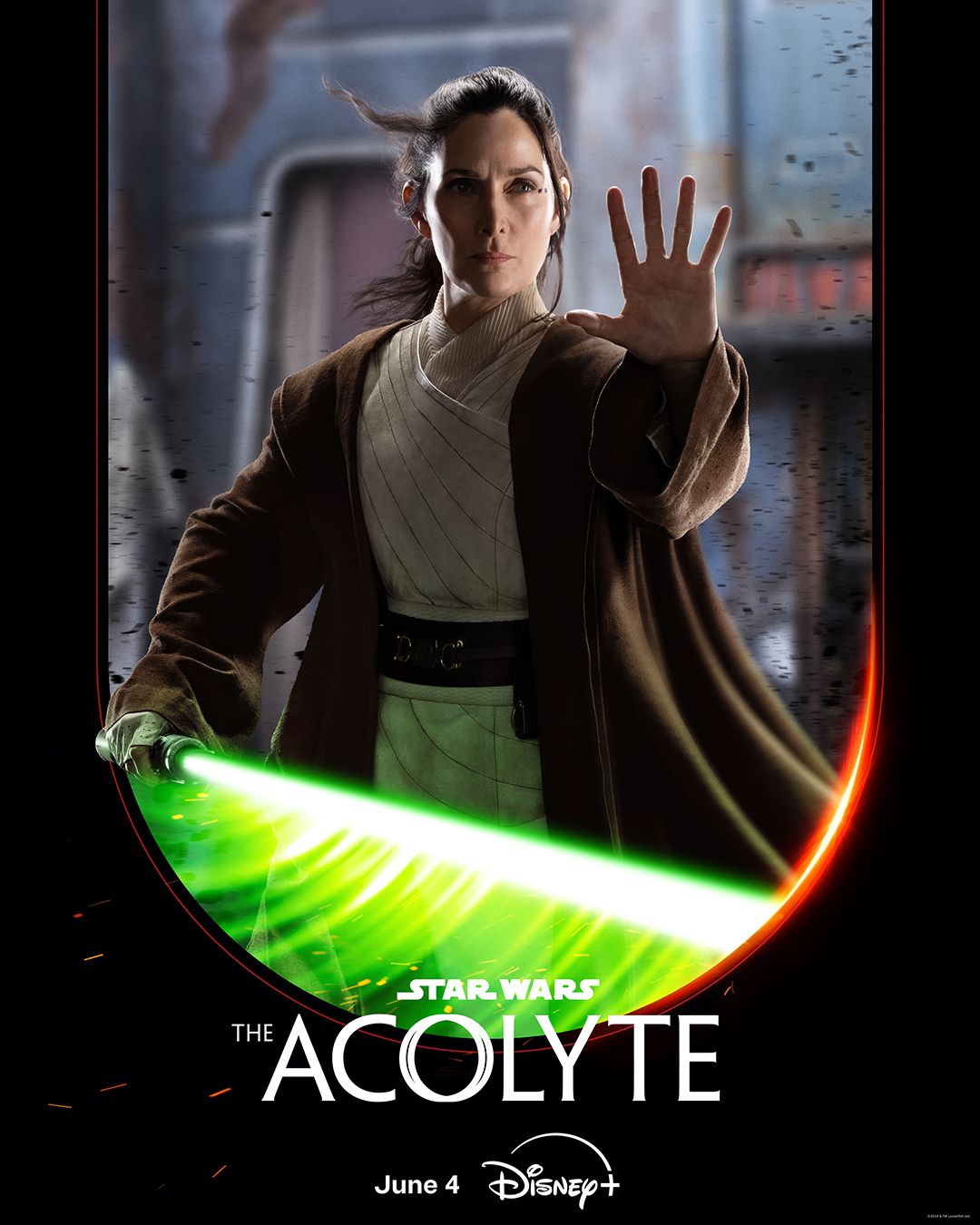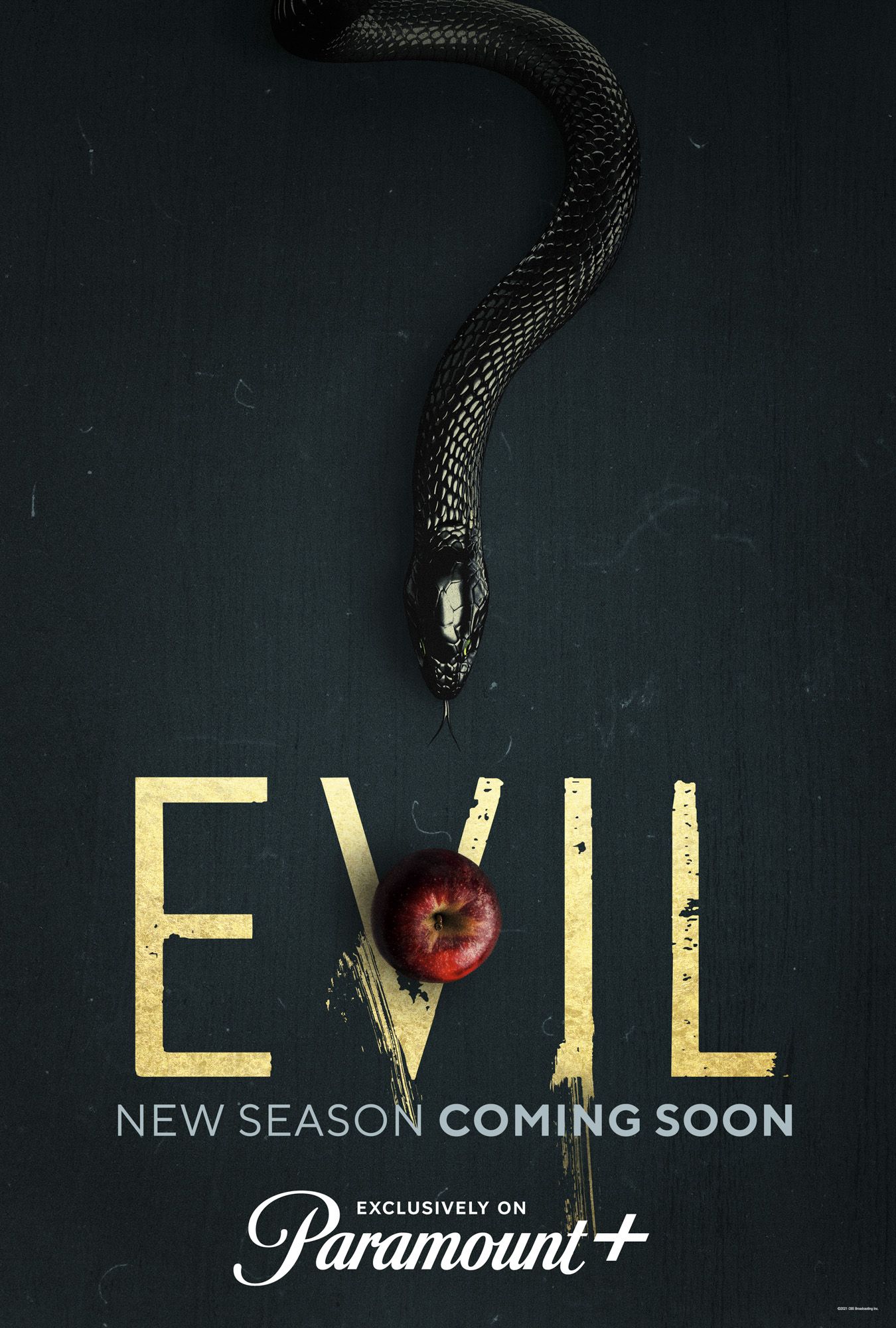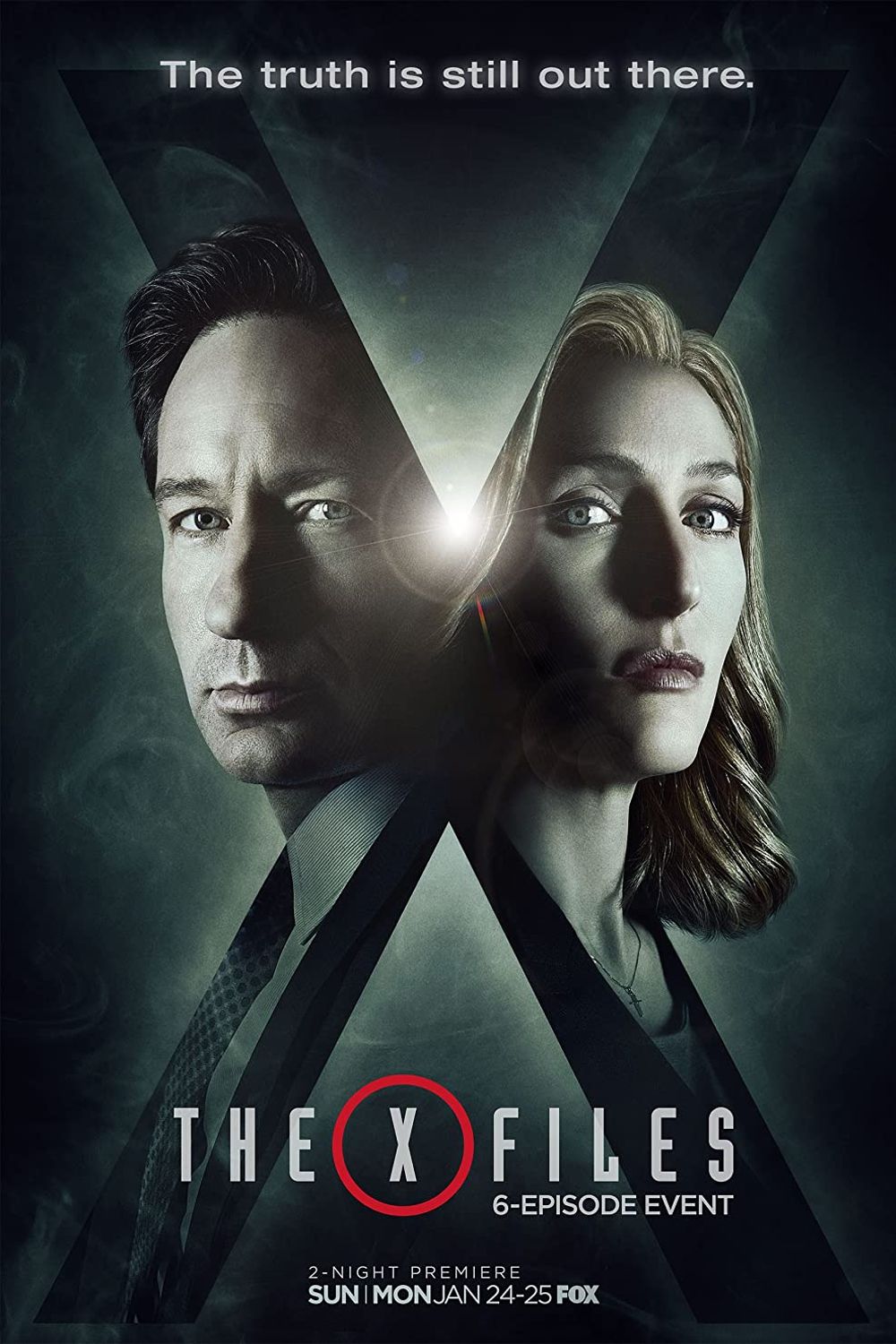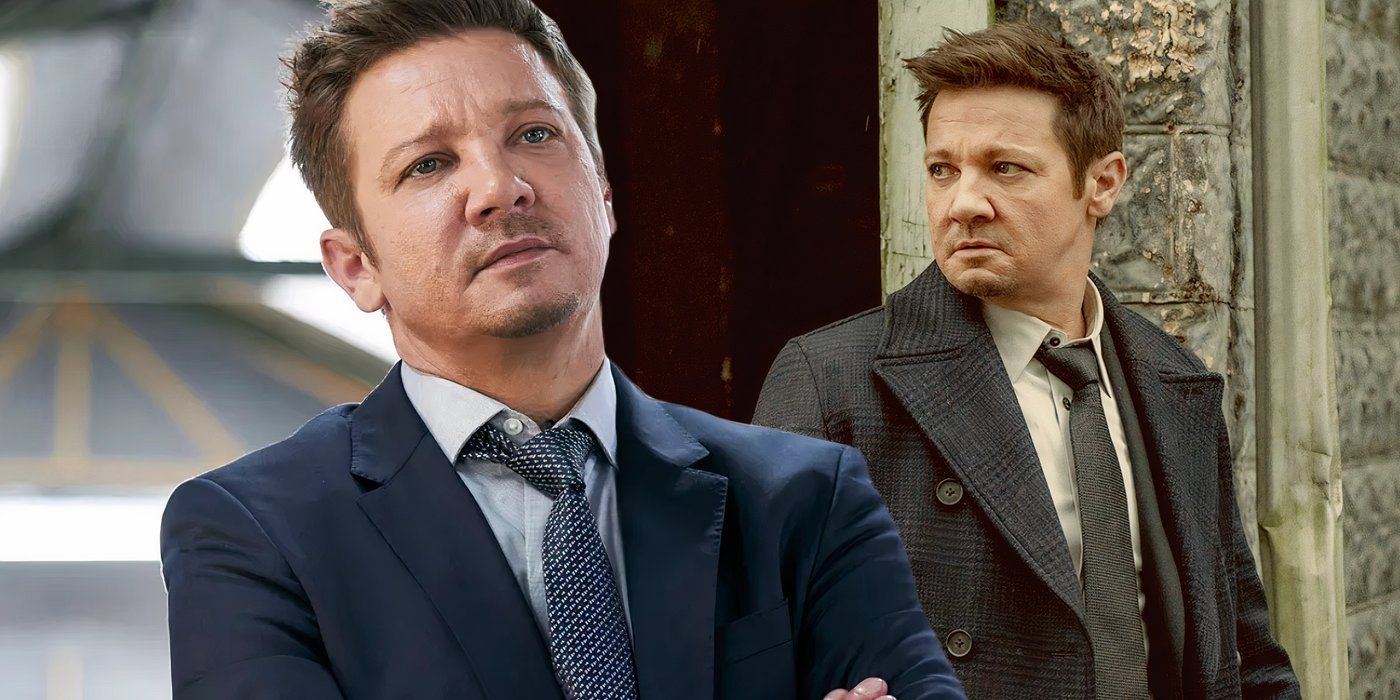While it’s true The Boys (by Garth Ennis and Darick Robertson) is an established and widely successful series with its own rich lore and intriguing, original characters, its existence is also rooted in parody, as the comic series not-so-subtly insults and corrupts beloved DC and Marvel Comics characters in every one of its 72 issues and spin-off miniseries.
Not only are there a plethora of characters who are direct parodies of Marvel and DC superheroes, The Boys also finds ways to roast the two publishers in other, more creative ways. From mocking entire superhero teams and educational programs with an uncomfortable level of unchecked autonomy, to the very nature of superhero obsession and idolization itself in the more meta sense, The Boys doesn’t hold back in its criticism of the entire superhero genre. Here are 10 times The Boys roasted Marvel and DC (with good reason).
10 Homelander Is DC’s ‘Evil Superman’ Trope Come To Life
The Boys #1
More than a few times, DC has really leaned into the idea of Superman being evil, which was something that was cool and interesting the first few times, but has now become tiresome and repetitive. There’s Lord Superman, Red Son Superman, Cyborg Superman, Bizzaro Superman, and Injustice Superman – just to name a few. So, if DC is this comfortable corrupting the supposedly incorruptible Man of Steel, why can’t The Boys do it?
Homelander isn’t just another ‘evil Superman’ to add to the list (which DC itself created), but rather he’s a parody of the entire ‘evil Superman’ trope. A living reminder of every time Superman betrayed his own character by becoming evil.
9 The Boys Calls Out The Underlying Creepiness Of Marvel Comics’ X-Men
The Boys #24
The Godolkin Institute is a direct parody of Marvel Comics’ Xavier’s School for Gifted Youngsters, complete with a headmaster who exploits children. Charles Xavier trained teenagers to fight international, superpowered terrorists like Magneto, all to push his own political agenda. While Xavier admittedly isn’t as bad as Godolkin, who is a pedophile that sexually assaults his students regularly, there was a time when he wasn’t too far off. In the original X-Men comics, Xavier was in love with Jean Grey, who was a few years shy of eighteen years old at the time, which is actually something that was re-confirmed in the ‘90s during the Onslaught storyline.
Godolkin was an extreme version of Xavier, but not by too far a stretch, which is why Marvel Comics deserved every bit of that harsh comparison.
8 Black Noir’s Existence Openly Mocks DC’s ‘Batman v Superman’ Matchups
The Boys #65
Black Noir was a parody of Batman in The Boys all the way up until the moment it was revealed he was just a clone of Homelander who was always destined to kill him. At that point, Black Noir became much more than simply a parody of Batman, but the very essence of Batman’s ‘VERSUS’ battles against Superman in DC continuity. It’s no secret that fans love a good Batman v Superman matchup (indeed, there’s an entire movie with that literally as its title), and the proof is in the DC comics themselves. One could argue it’s a bit exploitative of the characters, serving a narrow, action-heavy event where these decades-long allies fight within a storyline written specifically with this fan-service matchup in mind.
So, what does The Boys do? It crafts an entire character whose whole purpose in life is this ‘Batman v Superman’-esque battle. And given how many times DC has gone back to this particular well, Black Noir is a parody that’s well-earned.
7 Groundhawk Reduces Wolverine To A Mindless Beast (Just Like Marvel)
The Boys #24
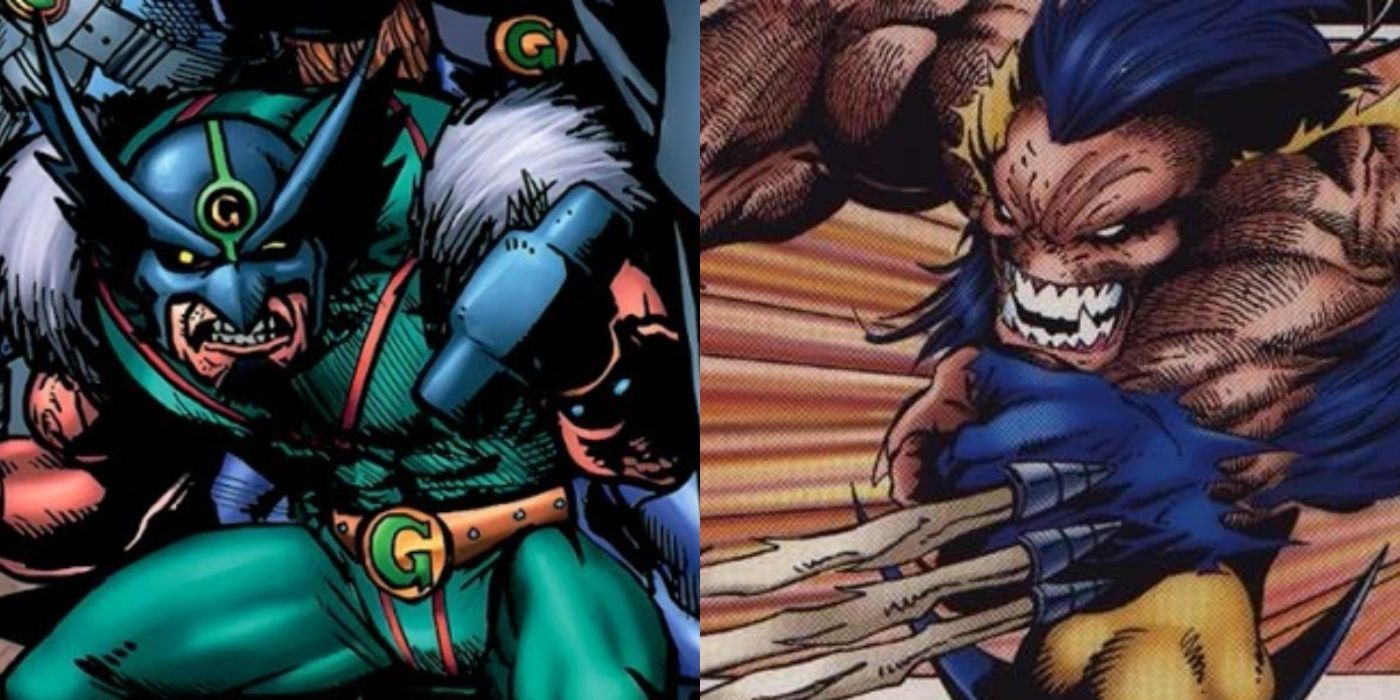
Marvel Comics has done a good job of fleshing out Wolverine’s extremely complicated character over the years, especially considering his origins as a Hulk villain-of-the-week. However, there was a moment in the 90s when Marvel reduced Wolverine to a mindless savage who was literally transforming into a feral wolf-man without a nose. This era of Wolverine’s life is the most infamous in his entire Marvel Comics career, and The Boys doesn’t let Marvel forget it with its own parody of Wolverine: Groundhawk.
A supe with hammers for hands, Groundhawk can barely string a sentence together, just muttering “Gonna” over and over as a perpetual threat to everyone around him that he’s on the verge of flying off the handle at any moment. The Boys ignores Wolverine’s intriguing past with its Groundhawk parody, just like Marvel did with ‘noseless Wolverine’.
6 The Boys Hilariously Mocks The Ultra-Hardcore Style Marvel & DC Clung To In The ‘90s
The Boys #61
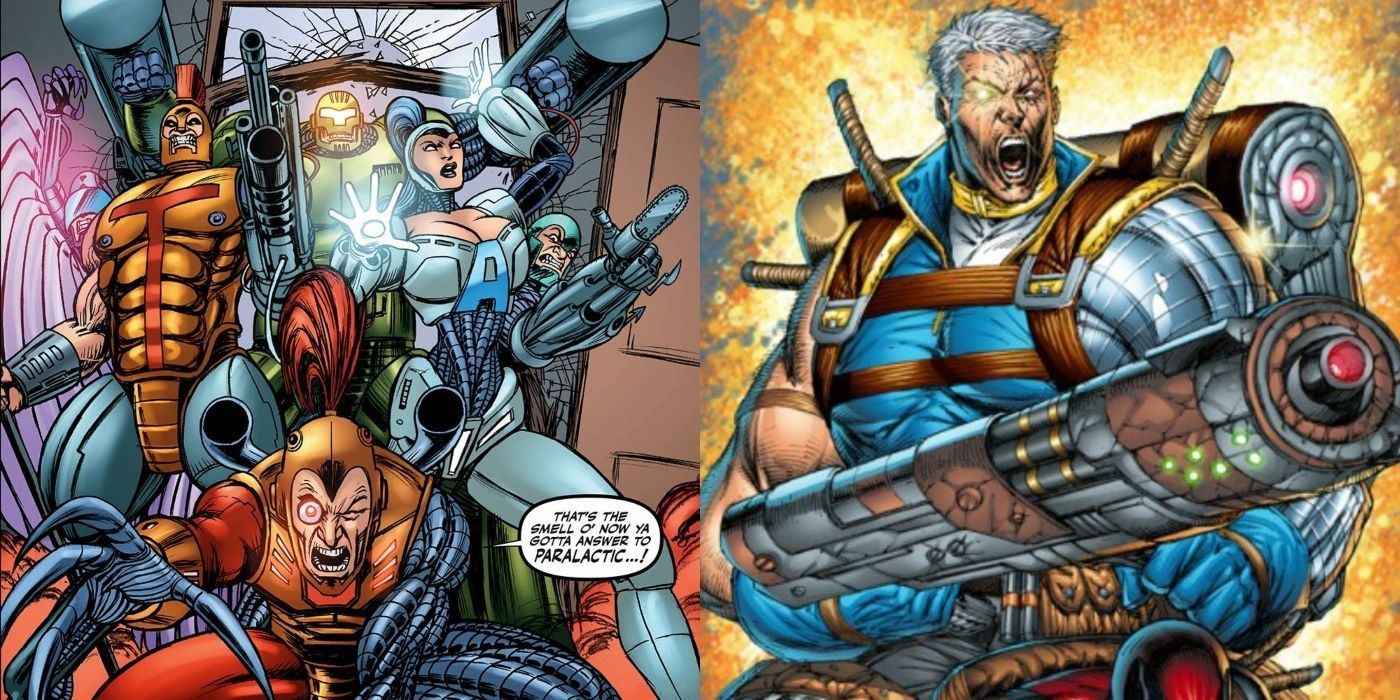
The ‘90s was a strange time for DC and Marvel Comics. New characters were being created, and old ones were being revamped, and all of them were ultra hardcore – usually with some cybernetic enhancements, big muscles, and even bigger guns. Cable, Azrael, and Cyborg Superman are prime examples of this admittedly cringe-worthy phenomenon in Marvel and DC, and The Boys aptly mocked it with its own ultra-hardcore team of cybernetic heroes: Paralactic.
While the team’s time in The Boys was brief, their mere appearance was enough to get the point across, as the thing The Boys was rightly mocking was the aesthetic Marvel and DC both clung to for some reason in the ‘90s.
5 The Boys’ Stormfront Criticizes Marvel’s Use Of Real-World Symbolism
The Boys #7
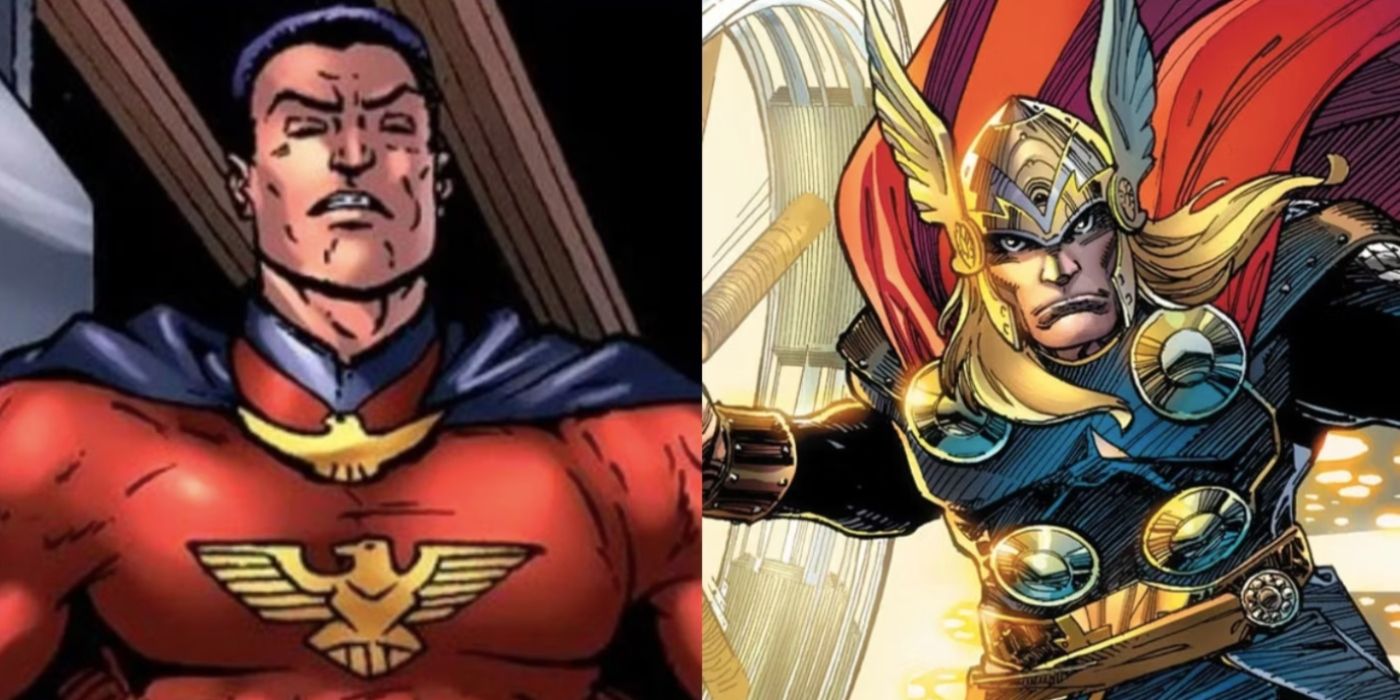
Stormfront is the first supe created within the continuity of The Boys, and he was created by the Nazis. Even after renouncing the Nazi party in public, Stormfront still wore Nazi symbols and iconography. However, as pointed out in Garth Ennis’ run on Thor (Thor: Vikings), the swastika was once seen as a Triskele, which had a completely different meaning than the one the Nazis assigned to the symbol. This highlights how real-world symbols and their meanings change over time, and how something that wasn’t originally offensive could become extremely offensive, and vice versa.
This character and their usage of these symbols was a direct criticism of Marvel Comics’ Thor, who is wrapped in Viking imagery that could be misinterpreted by the ever-changing meanings of real world symbols that are co-opted by comic books and their characters, making Stormfront an extreme yet accurate comparison.
4 The Boys’ Superhero Resurrections Are A Grim Answer To Those In Marvel & DC
The Boys #19
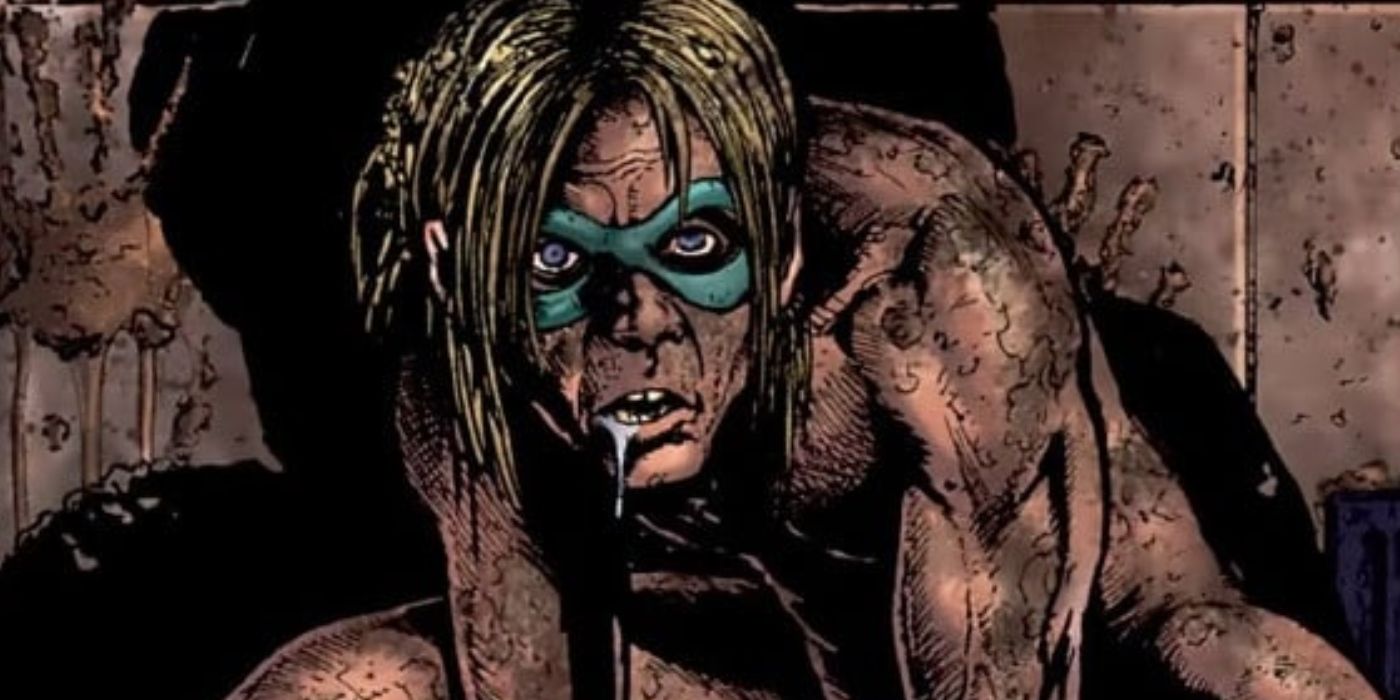
Both Marvel and DC are famous for killing off their superheroes and then finding increasingly intricate and bizarre ways to resurrect them. From the Lazarus Pit in Batman continuity to the Five’s resurrection pods in X-Men, Marvel and DC have been killing and resurrecting their heroes from the start, with no plans to stop anytime soon – and The Boys mocked that brilliantly. Rather than using superhero resurrections as a way to bring back beloved characters, The Boys does this to show the unnatural and grotesque outcome of yanking a character from their own death and slapping them back in a superhero costume.
The supe who experienced the resurrection treatment in The Boys was Lamplighter, who came back as a subhuman zombie covered in his own feces, barely able to call himself alive. A truly grim answer to the resurrections that have grown rampant in Marvel and DC.
3 The Boys Contributed To The Avengers vs Justice League Fan Debate
The Boys #1-72
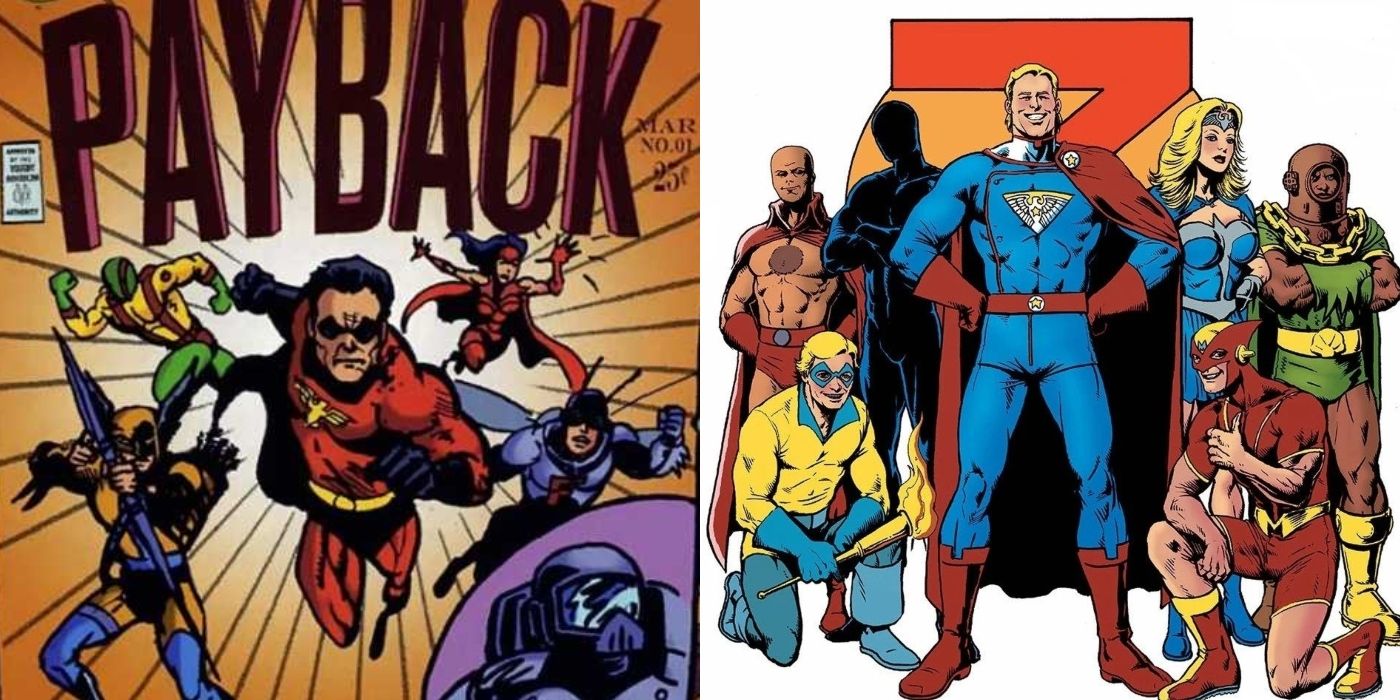
Since the dawn of DC and Marvel, the debate has raged within the collective comic book fandom over which one has the better superhero team: DC’s Justice League or Marvel’s Avengers – and The Boys decided to stir up that debate with its own mocking input. The Boys has a version of both the Avengers and Justice League with Payback and the Seven, and it’s made extremely clear that the Seven is the premier superhero team in this world, and Payback is a definitive second.
The Boys casually throws the Marvel and DC fandom into a tizzy by essentially saying the Justice League is better than the Avengers, which is more of an insult to the fans of Marvel and DC rather than the publishers themselves, since anyone who’d be angered by this assertion would effectively become the butt of The Boys’ joke.
2 Hughie Campbell Is The Living Antithesis Of Marvel & DC’s ‘Hero’s Journey’
The Boys #1-72
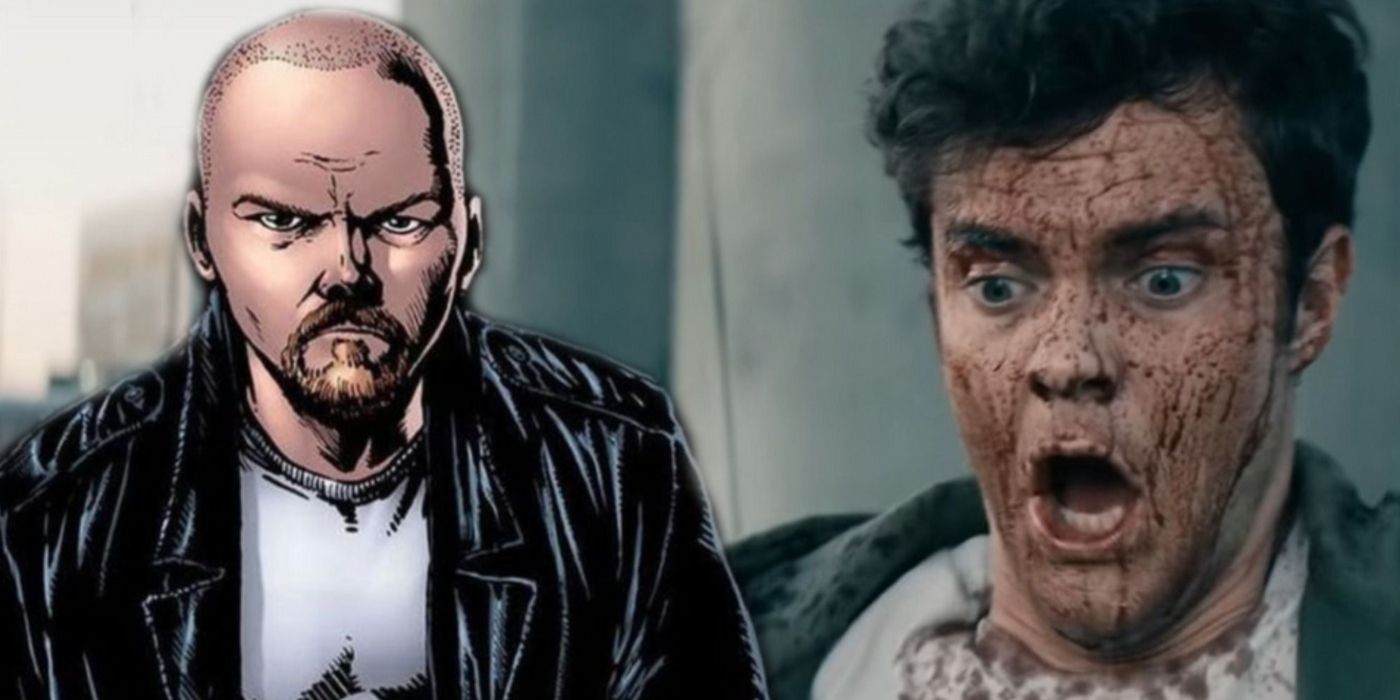
There’s no better insult to the foundations of Marvel and DC than to create a main protagonist that stands as the antithesis of practically every single other protagonist in comic book history, and that’s exactly what The Boys did with Hughie Campbell. Hughie’s origin was similar to most protagonists: horrible tragedy becomes his call to adventure and ultimate victory. However, Hughie did not go through the regular ‘hero’s journey’ as shown in a standard Marvel or DC comic. Hughie killed A-Train, emotionally abused the woman he supposedly loves, and allowed Butcher and the Boys to corrupt him for the sake of the ‘greater good’.
Hughie proved to be fairly heroic when it counted, but he is far from a ‘hero’ in the same sense as those in Marvel and DC. But, honestly, that’s a good thing. Even if there’s a call to adventure afterward, sometimes tragedies don’t create superheroes or supervillains, just flawed people who are trying to do the best they can with the situation they’re given.
1 The Boys Had A Definitive Ending, Rejecting Marvel & DC’s Never-Ending Canons
The Boys #72
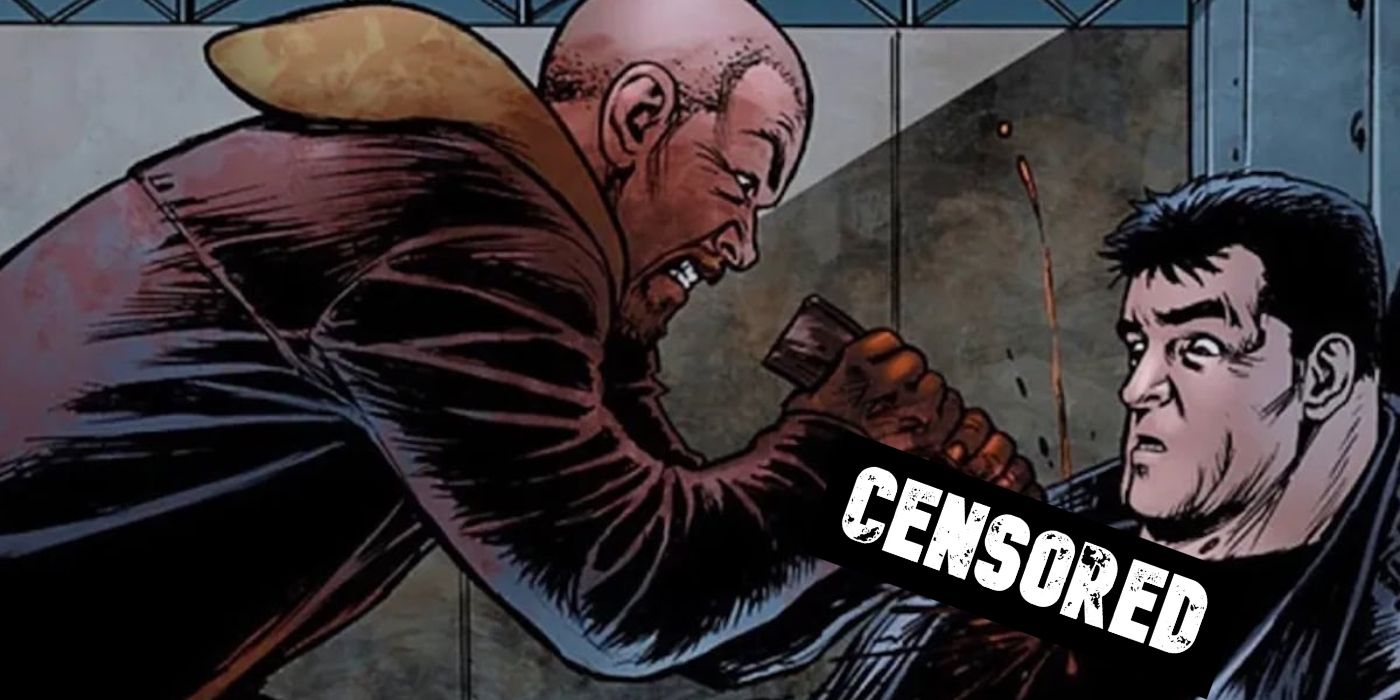
The very completion of The Boys was, in itself, a dig at Marvel and DC. The two publishers are notorious for never allowing their stories or characters to end. The Boys, in contrast, did nothing but bring stories and characters to an end – including and especially the wider storyline of The Boys comic series. Throughout The Boys, characters were dying left and right, including main characters like Homelander (who died almost ten issues before the series finale) and Butcher (who died during the series finale). No storyline continuations (aside from one prelude and one epilogue miniseries), and no meaningful resurrections.
When The Boys ended a character or storyline, it stayed that way, which – when the series itself came to an end – proved to be the final roast of DC and Marvel Comics.
